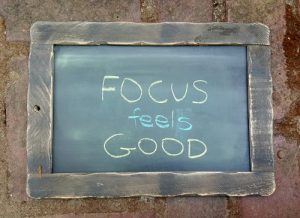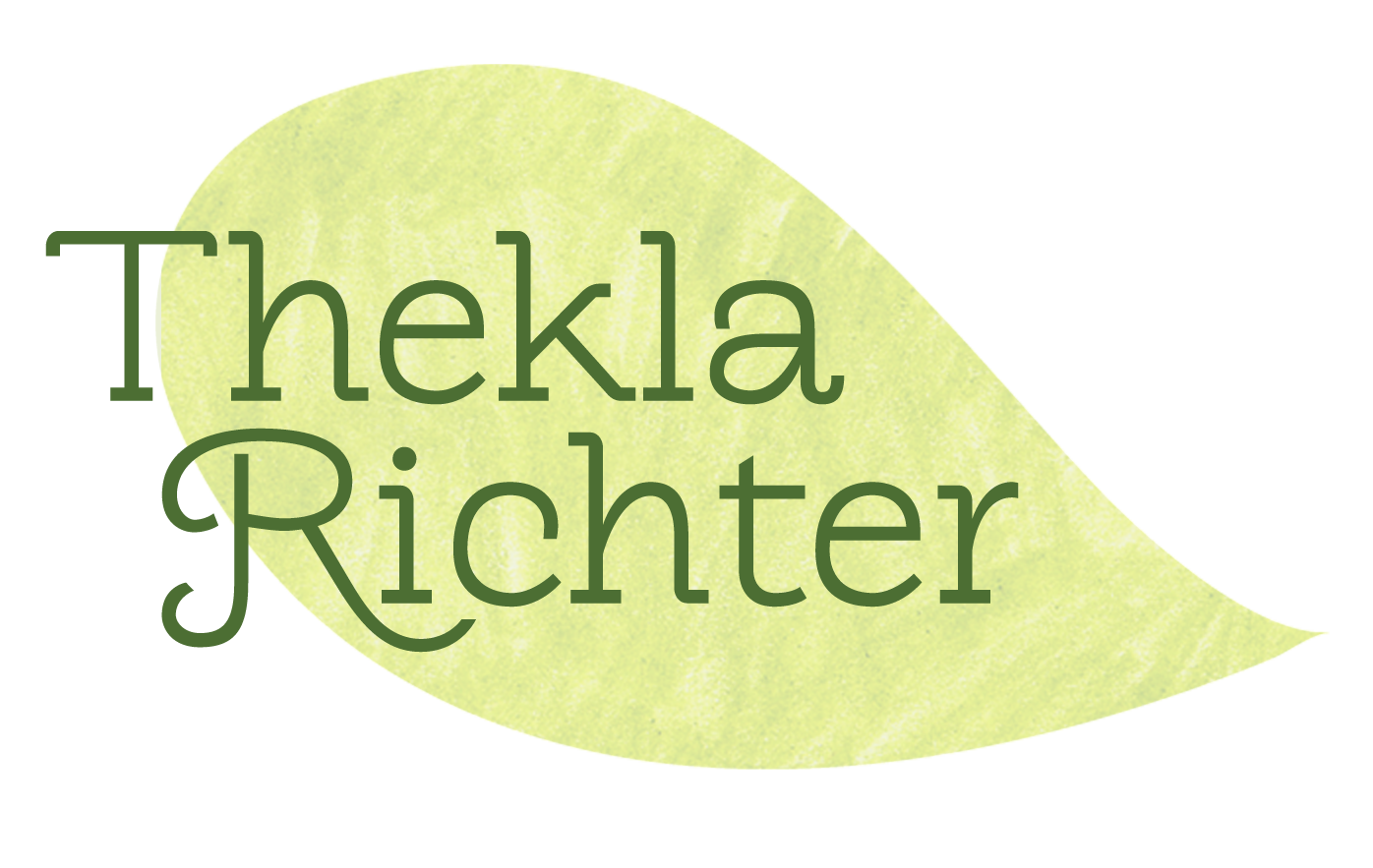I once read an article about how many times per minute or hour a small child attempts to get attention from their caregiver. I remember being appalled at the high number, which I think amounted to several times per minute on average when the child is awake. I tried to find the actual statistic for this post, but failed. Some of my helpful parent friends on Facebook agreed that my unscientific estimate of a gajillion times per hour was accurate or perhaps even too low.

Aside from all the interruptions from our children, the home itself is full of mental interruption for some of us. As Emma’s brilliant comic about the mental load borne largely by women shows, the very act of moving through physical space can set off a cascade of associations: tasks to do on the spot or remember for later.
Walking through the house lights up my brain with all the implied tasks embedded in the objects around me. It’s immensely distracting, a mental stream that washes away all memory of whatever else I might have been focused on. In an ideal world these things might all be tracked in a productivity system, and I love productivity systems, but I also think they are bad at managing the web of household tasks women often carry in their minds.
Parenting and household work aren’t the only interruption culprits, either, though they’re the categories that are top of mind for me. Social media updates and calendar reminders and texts ping at us from our phones. And of course workplaces are full of interruptions, too.
Obviously, the external interruptions that come with being a parent, an employee, or just a person moving through a high-tech world, can be exhausting and derailing. However, most of us can carve out a least a little uninterrupted time when we truly feel it’s important. We find time while the kids are sleeping, during lunch time at work, tag team with a spouse or friend, or get a sitter. We turn off the notifications on our phone and shut the door. It’s not easy, but it can usually be done– if not always as often as we’d wish. External interruptions can be paused.
Sadly, though, the challenge of the interrupted life isn’t limited to carving out space for interruption-free time. The greatest challenge is that we habituate our internal rhythms to interruption. Rapid serial focus shifts become the norm. Without external interruptions, we find our attention wanders, so we switch tasks. Basically, we start interrupting ourselves to fill the interruption gap. It feels familiar. It feels safe.
It’s as though our attention span has gotten out of shape because we spend so much time unable to use it. We’ve become not only used to interruption, but comfortable with it. Which can make the lack of interruption feel uncomfortable— and often unconsciously, we return to what is comfortable: switching rapidly between tasks. In other words, self-interruption.
To write, or do anything else creative, I need to push past the self-interruption chatter to really dive deep into my work or play. As an introvert, flow time fills me up and allows my creativity to fully emerge. It means I get my work done. That just doesn’t happen if I’m messing around on Facebook or turning the laundry every time I feel slightly unsure of what’s next in my work. I have to push through that temptation to distract myself and gently return to what I want to be doing. (Some days I’m good at this… other days, not so much.)
If I truly need a break, real breaks can be rejuvenating– but constantly hopping around from one thing to another looking for shiny brain-candy doesn’t satiate me, help me overcome a stuck creative spot, or do anything but suck away precious time + energy.
And so each time I sit down in a quiet place with a chunk of more than 5-10 minutes to work, I set down a fresh mug of coffee. I tidy up my desk– because clutter is a huge source of distraction for me. I light a candle. And I consciously switch gears, inviting an inner state of focus and flow.
The transition can feel rocky, as the chatter in my monkey mind sounds even louder when surrounded by stillness instead of chaos. Worries and doubts come flooding into the space I’ve opened up in my mind. I strive to let them flow by, or jot them down on a notepad if I think of something I want to come back to later. I try to return my focus, again and again, to the page before me and the keyboard beneath my fingertips. It’s almost a form of mindfulness meditation.
I’m not always successful, because self-interruption is a deep and alluring habit. However, I’m getting better. And I consider the effort worthwhile because seriously good stuff comes out of that more focused, deep-level concentration.
Then my workday ends or naptime’s over. The kiddos come home and though there are certainly lots of deeply focused loving moments to share, I also resume my wild juggling dance of managed chaos, rapid task-switching and exuberant and irritating interruptions coming at me thick and fast. The multi-tasking mode has a beauty of its own and it’s tremendously efficient at certain kinds of things. I spend a lot of my life in that mode, and I wouldn’t change it.
But I don’t want to start thinking of it as my only norm. Because when it’s time to turn off the pings and arrows of the interrupting world, I want to make sure I still remember that focus feels good. And focus gets my creative work done. The last thing I want to do, when I finally have time away from interruption, is interrupt myself.
